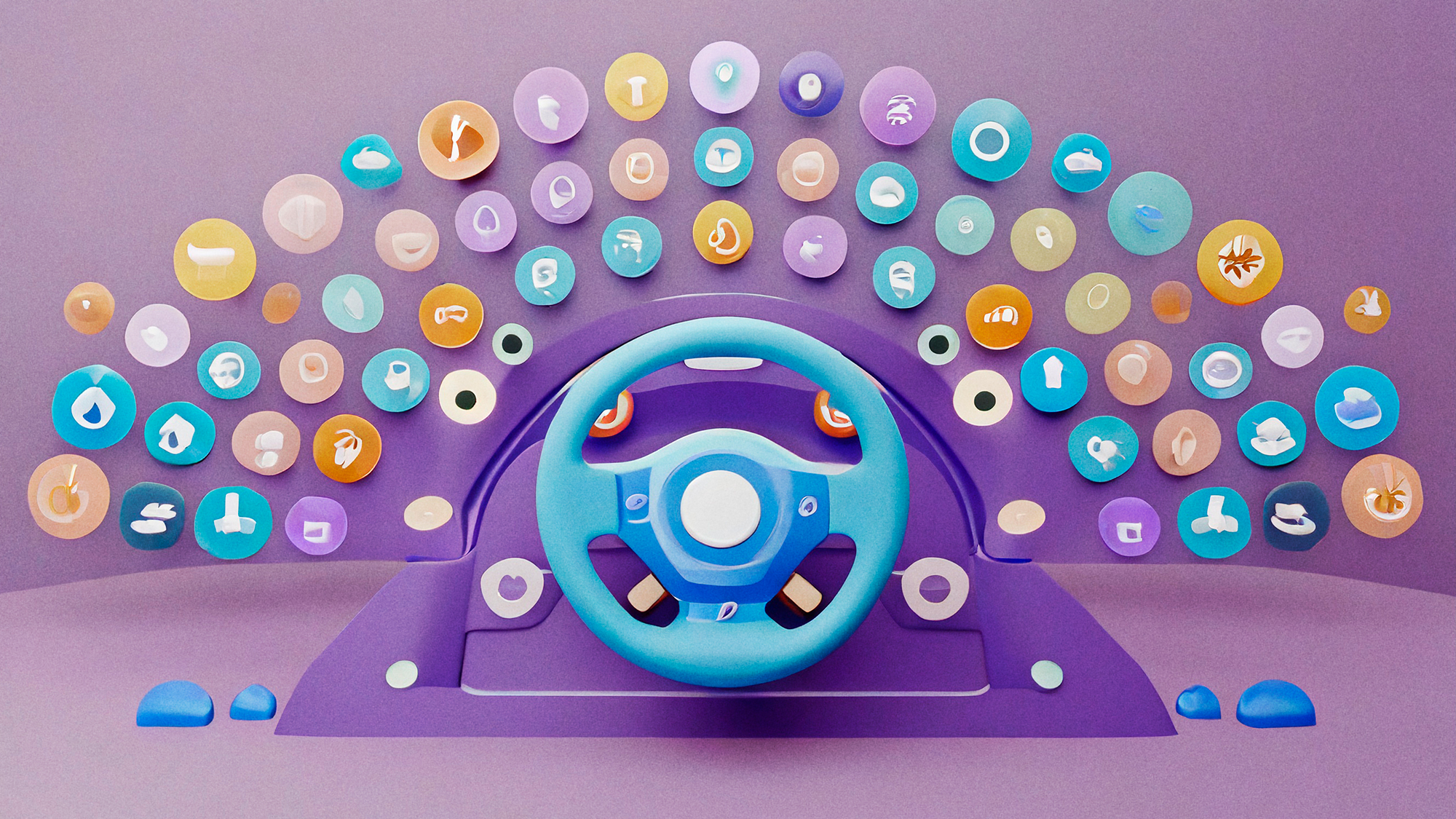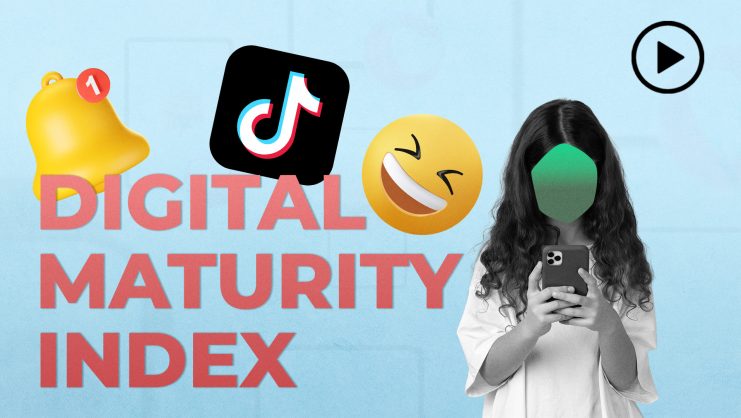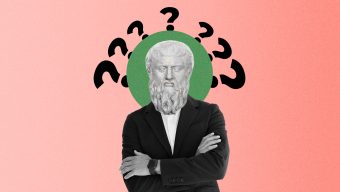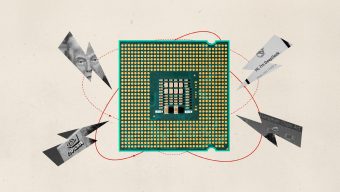Porsche has announced it is joining the legion of traditional automotive companies that are abandoning the development of their own in-car interface software. Instead, the German automaker will be using Google’s ecosystem for navigation, speech, and app ecosystem in its vehicles.
Why would Porsche outsource the design of its vehicles’ instrumentation software to a tech company? Because, apparently, its parent company is incapable of doing the work in-house. According to the October press release Porsche’s future holds an ecosystem from different providers integrated directly into the vehicle. The news came just days after Volkswagen announced its plans to cut more than 2,000 jobs from its software division, Cariad. At least they realized that integrating software on processors and calling it infotainment doesn’t work, that what is essential is starting from an understanding of electric vehicles that, frankly, seems elusive to traditional companies.
Traditional carmakers tend to stuff the dashboard with all sorts of clocks and dials (digital or otherwise) and among the many problems with this is that because the smartphone is now a universal interface, car owners want features in their vehicles like those they have on their mobile devices. Traditional automotive brands are not delivering this, and some drivers have thus resorted to creating their own user-friendly interface through phone mirroring, which allows them to access their apps, music, and other features through the car’s display and controls. GM is among the companies that has decided to block this homemade solution (but for no real technical reason), which only serves to annoy customers further.
Ford, GM, Honda, Polestar, Volvo, and now Porsche, have all faced difficulty in creating their own in-car interfaces and have found the solution in outsourcing it to a tech company such as Google or Apple, licensing Apple CarPlay or Android Auto. In this way the carmakers cede a good part of the user experience to another industry, one that is much more capable of keeping pace with innovation.
Sixteen of the 20 best-selling EVs in the world are made by Tesla or Chinese companies. And for the first time, the bestselling car in the world is an EV: the Tesla Model Y. And that is despite its price tag and Tesla not even being among the world’s ten biggest global car manufacturers. Sales don’t lie, and consumers seem to prefer the better experience and superior technology that EVs offer them. Go figure.
Traditional car companies continue to demonstrate that they don’t have enough competitive spirit.
So, why would traditional automakers walk the race of EV transition? Zachary Shahan, Director and CEO of CleanTechnica, has written extensively on the EV transition topic and comments that the transition is, simply put, threatening to conventional carmakers – threatening to their financial health, to their shareholders who have already invested in gasoline, to their executive careers built on engine expertise, to their existing patents, and so on. You get the idea.
The phenomenon has three extremely interesting components: to begin with, internal combustion engines may be a feat of engineering, but they are expensive to make and maintain. In contrast, Tesla’s are cheaper to make thanks to having fewer parts, and offer better performance in all respects – greater acceleration and brilliance, lower weight, much lower maintenance requirements, and much lower running costs. What’s more, the company is constantly upgrading its production lines to further reduce costs. The company has practically reinvented how cars are made, and aims to reduce its costs by an unprecedented 50%, something completely beyond the reach of traditional companies. Toyota took a Tesla apart and described it as “a work of art.”
Secondly, the highly intermediated commercial structure has dealers taking hefty commissions. Traditional companies cannot operate without these dealers because they rely on this network to attend to cars that require regular servicing and, well, that break down frequently. Tesla not only cuts out the middle but its vehicles require virtually no maintenance and, when they do, it is straightforward. This, among other things, results in the highest brand loyalty in the entire industry.
To make things even worse, traditional brands spend huge amounts on advertising, some in excess of $1,000 per vehicle. Open a magazine, turn the TV on, and count the huge number of ads you see coming from the automotive industry. However, their investment in R&D is low, averaging around $500 per vehicle, reflecting the age of its technology. Tesla, on the other hand, invests nothing in advertising and spends almost three thousand dollars per vehicle on R&D. The result is that traditional brands are spending more and more every day in a declining market saturated by their own advertising. On the other, Tesla manages to improve its efficiency and costs as it manufactures more vehicles thanks to its high investment in R&D, and the resulting economies of scale.
Therefore, the underlying problem becomes increasingly clear: even if traditional brands try to get into EV production, their structure does not allow them to be competitive when doing so. And in order to be competitive, they would need to dismount their traditional structures, which means a huge change: can you imagine a car brand without dealers? How would they service their internal combustion engine cars, which still fail frequently and require yearly revisions, oil changes, etc.?
This is a common problem with innovation: the incumbents of a given technology are unable to adapt and be competitive when that technology changes. Remember Xerox? The leader of the photocopy industry almost made a comeback with its Palo Alto Research Center but ultimately couldn’t conquer the personal computing market – despite continuing to come up with new technology. The company just couldn’t let go of its bread-and-butter services nor see how they could connect with the great ideas coming out of PARC and its very own employees. On top of that, Xerox entered an outsourcing agreement with (the now defunct) Electronic Data Systems (which was founded by American business magnate, politician, philanthropist, and presidential candidate Ross Perot) to manage mainframe systems, legacy software (e.g. billing), telecommunications, and PC support. Sound familiar? An interesting sidenote is that at the time of this announcement, EDS was a subsidiary of GM.
Or, how about Nokia? As Michael Schrage pointed out a while back, the one-time market leader with excellent technology didn’t make it: it ignored the United States. But Apple and Google did not. There’s also Blockbuster, once the only place to get your in-home movie fix. At its peak in 2004, the company had 9,000 stores globally, 60,000 employees, and earned $5.9 billion in revenue. Then came Netflix, which Reed Hastings has said he founded because he was tired of paying Blockbuster late fees, and the rest is history.
But let’s get back to the automotive industry. There were those who originally doubted the EV industry and specifically Tesla (including, famously and apparently according to Musk, Berkshire Hathaway’s Charles Munger). Some said that Tesla was buoyed by its marketing prowess and wealthy customers, and that eventually it would be left in the rearview mirror because the traditional brands would start making EVs and surpass the likes of Tesla. For example, investors Michael Murray (aka “The Big Short”) and Bruce Greenwald have both come out to say that Tesla will not dominate in the long term.
But the thing is that traditional car companies continue to demonstrate that they don’t have enough competitive spirit – and we’re not just talking about making a minimally noteworthy EV (which would mean changing their entire structure, from distribution to marketing) but also coming up with a decent interface. A large part of the EV experience is in its interface, in its communication with the driver, as well as in how and where it recharges. Furthermore, according to McKinsey, the most important in-car connectivity and digital services for consumers are driving-convenience features and productivity amenities, e.g. intelligent parking-spot finders, in-car payment, and vehicle Wi-Fi hot spots – and, according to the 2023 survey, 69% of EV buyers plan to increase their use of these solutions.
Frankly, these are aspects the traditional brands have neglected. What they are doing is holding on to outdated customers who still associate their legacy logo with prestige, emotion, and aspiration. (Who’s going to tell them?)
© IE Insights.











